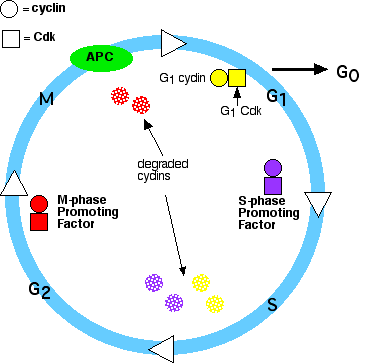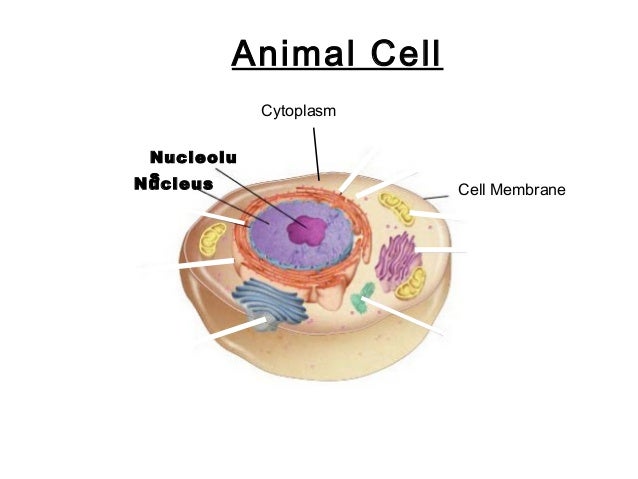
Cells are the basic building blocks of all living things. The human body is composed of trillions of cells. They provide structure for the body, take in nutrients from food, convert those nutrients into energy, and carry out specialized functions. Cells also contain the body’s hereditary material and can make copies of themselves.
Cells have many parts, each with a different function. Some of these parts, called organelles, are specialized structures that perform certain tasks within the cell. Human cells contain the following major parts, listed in alphabetical order:
Jul 17, 2021 Sickle cell anemia is an inherited red blood cell disorder in which there aren't enough healthy red blood cells to carry oxygen throughout your body. Normally, the flexible, round red blood cells move easily through blood vessels. In sickle cell anemia, the red blood cells are shaped like sickles or crescent moons.
Within cells, the cytoplasm is made up of a jelly-like fluid (called the cytosol) and other structures that surround the nucleus.

The cytoskeleton is a network of long fibers that make up the cell’s structural framework. The cytoskeleton has several critical functions, including determining cell shape, participating in cell division, and allowing cells to move. It also provides a track-like system that directs the movement of organelles and other substances within cells.
- Welcome to a better wireless experience with UScellular™. Find phones, plans, and accessories and enjoy the highest network service of any national carrier.
- In Parkinson’s, neurons responsible for producing dopamine, called dopaminergic neurons, in the brain begin to malfunction or die, leading to disease symptoms. Stem cells — cells that can divide and differentiate into almost any type of cell — have attracted interest as a Parkinson’s therapy as they have the potential to replace the defective or lost neurons.
- Cell Salts stimulate the body’s natural healing mechanisms to satisfy mineral imbalances. In his biochemic theory, Dr. Schuessler, the discoverer of Cell Salts, states that deficiencies in these minerals are the source of common health problems and the Cell Salts derived from these minerals give the body what it needs to treat illness and be well.
- Where's my cellphone.com. A free tool courtesy of Humor Hotlines. Find your phone on the map and never lose it again! Check out our new site ComedyCalls.com for some hilarious prank calls.
This organelle helps process molecules created by the cell. The endoplasmic reticulum also transports these molecules to their specific destinations either inside or outside the cell.

The Golgi apparatus packages molecules processed by the endoplasmic reticulum to be transported out of the cell.
S Cell Carcinoma
These organelles are the recycling center of the cell. They digest foreign bacteria that invade the cell, rid the cell of toxic substances, and recycle worn-out cell components.
Mitochondria are complex organelles that convert energy from food into a form that the cell can use. They have their own genetic material, separate from the DNA in the nucleus, and can make copies of themselves.
The nucleus serves as the cell’s command center, sending directions to the cell to grow, mature, divide, or die. It also houses DNA (deoxyribonucleic acid), the cell’s hereditary material. The nucleus is surrounded by a membrane called the nuclear envelope, which protects the DNA and separates the nucleus from the rest of the cell.
S Cell Jogja
The plasma membrane is the outer lining of the cell. It separates the cell from its environment and allows materials to enter and leave the cell.

Ribosomes are organelles that process the cell’s genetic instructions to create proteins. These organelles can float freely in the cytoplasm or be connected to the endoplasmic reticulum (see above).